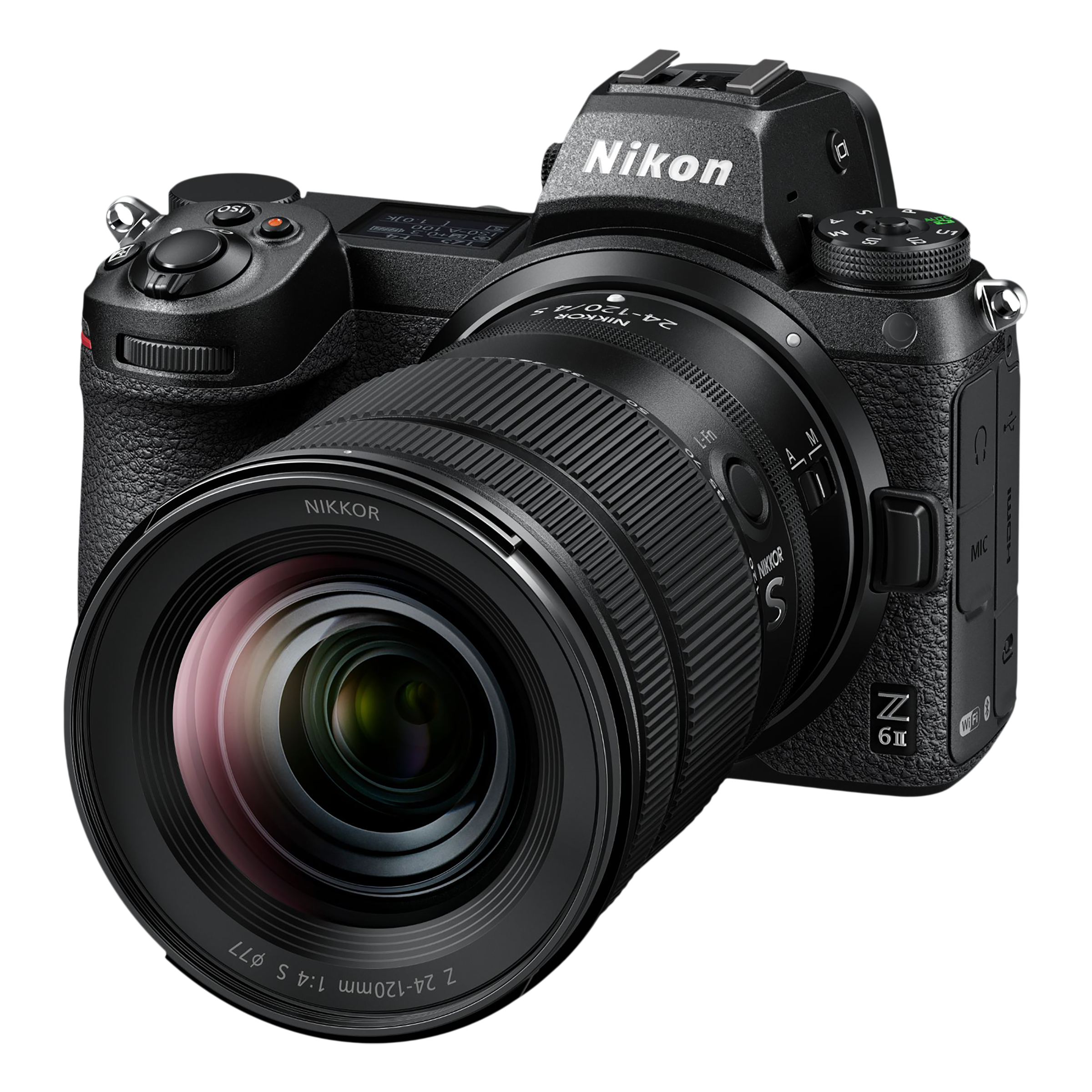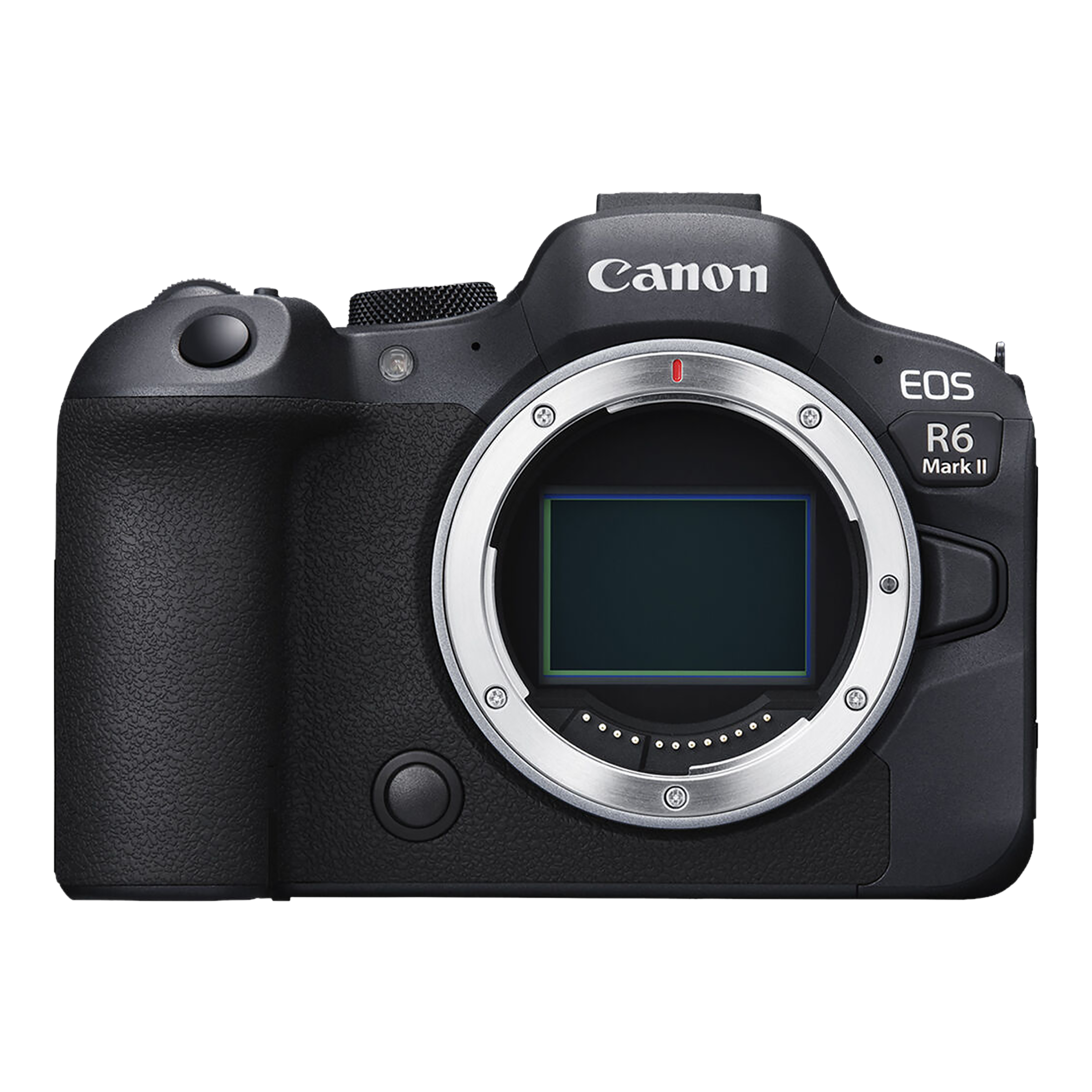When you decide to buy a new camera or upgrade your existing one, you are struck with the conundrum of choosing between a full-frame and crop-sensor camera. While buying a new digital camera, one of the important decisions you will have to make is choosing what sensor size is best for your photography needs. Camera sensors mainly belong to two categories: cropped sensors and full-frame sensors.
There are pros and cons to each sensor size and depending on your photography needs, one type of camera sensor might be better suited than another.
The only way to understand which one you should choose is by understanding their key features and differences. Here’s everything you should know about a full-frame and crop-sensor camera.
Full-frame vs crop sensor camera: Explained
A sensor is the rectangle at the centre of your DSLR camera that reads the image from the lens. The thumb rule being that larger the sensor, the more light it can absorb and produce a detailed image. For a high-quality image, you must choose a full-frame camera with a sensor size equivalent to a 35mm film camera (24mm x 36mm).
A crop sensor, on the other hand, is smaller than the standard 35mm size and it works by introducing a crop factor to the photos taken by a camera with such a sensor. Simply put, when you use a crop sensor, the edges of your photo will be cropped for a tighter field of view. The two most common type of crop sensors are APS-C and Micro Four Thirds, which have a crop factor of 1.6x and 1.5x respectively.
ALSO READ: Here’s why you need a full-frame camera if you’re an aspiring photographer
Depending on the camera manufacturer, this crop factor will vary and is usually between 1.5x and 2x. While the sensor readout for a full-frame sensor is known, you can determine the equivalent angle of view for a lens on a camera body with a crop sensor by multiplying the magnification amount by the focal length of the lens.
For example, Nikon cameras with crop sensors have a multiplier effect of 1.5x and when paired with a 50mm lens, the effective focal length will be the same as that of a 75mm lens.
Advantages of full-frame sensor camera
There is no denying that a full-frame sensor camera is better than a crop sensor. Here are the advantages offered by a full-frame camera over a crop sensor camera.
1. Dynamic range
From the darkest areas to the lightest, the complete range of exposure values in an image is defined as dynamic range. With a full-frame camera, you will get the highest dynamic range that allows you to shoot higher-contrast images. If you shoot in RAW mode then your full-frame camera will offer greater latitude to recover lost details or shadows compared to a crop sensor.
2. Shallow depth of field
Full-frame sensors allow for a more natural shallow depth of field than a crop sensor. When you pair a full-frame sensor camera with a lens offering a wider aperture, you can get a blurred bokeh effect not easily possible with a crop sensor. This is one of the reasons why full-frame sensor cameras are preferred for portrait and food photography.
3. Low-light photography
This is a no-brainer. Since the full-frame sensor is bigger than a crop sensor, it captures more light and thus outperforms in low-light scenarios. With a crop sensor, you might have to choose high ISO performance to produce good images in low-light conditions, which inadvertently introduces noise to your image.
Disadvantages of full-frame sensor camera
A full-frame sensor is not without its flaws and here are some of the disadvantages associated with using a full-frame sensor camera.
1. Expensive
Did we mention that full-frame sensor cameras are expensive? Yes, full-frame cameras tend to be much more expensive than their cropped counterparts.
ALSO READ: Everything to know before buying your first interchangeable lens digital camera
The high-quality sensor and additional features make them expensive but they also push the overall cost further since full-frame cameras require full-frame lenses, which are expensive in their own right.
2. Bulk
A DSLR with a full-frame sensor will be heavier than a DSLR with a crop sensor. Even though mirrorless cameras have emerged as compact and portable offerings with full-frame sensors, they still make you feel the bulk. This is partly due to the size of the sensor, but as a complete camera system with full-frame lenses, they can be unwieldy to carry around.
3. File size
The larger sensor and more pixels will result in bigger files. This means you will need to invest in high-capacity memory cards that offer more storage and also faster read/write speeds. These faster memory cards can make your already expensive camera even more expensive.
Advantages of crop sensor camera
1. Crop factor
Even though crop factor is often seen as a disadvantage, you can use it to your strength in certain scenarios. Since the crop factor is essentially magnification, you can use the added range to get closer to your subject. A crop sensor camera can be used innovatively for sports or wildlife photography.
2. Versatile size and price
The downside of a full-frame camera is the strength of a crop sensor camera. A camera with a crop sensor is lighter than its full-frame counterpart and also more portable. They are also more affordable and are thus the most widely recommended to amateur and beginner photographers.
Disadvantages of crop sensor camera
There are some inherent disadvantages to using a crop sensor camera and here’s what you need to know.
1. Lower image quality
Due to the smaller surface area of the crop sensor, it cannot fit the same amount of information recorded by a full-frame sensor. This limitation leads to crop sensor cameras capturing lower image quality compared to a full-frame sensor camera. This is more prominent in low-light conditions but the gap in image quality has come down in the past few years thanks to technological advances and improvement in lens quality and software.
2. Lens distortion
Since a crop sensor means that you are already amplifying your reach, this makes them ideal for zoom but improper for shooting wide-angle photos. Even if you use a very wide-angle lens, the resulting image will have a lot of distortion and can be difficult to work with even in post-production.
Full-frame vs crop-sensor camera: Which one should you get
A full-frame sensor camera remains the industry standard for photography and remains indispensable for professional photographers. However, when choosing between the two, it boils down to individual needs and photography style. One thing can be said that image quality is no longer a major factor that sets them apart.
ALSO READ: 13 different types of cameras used for photography
If you are a beginner photographer then a crop sensor camera will be a great place to start. It will be compact and lightweight so you can learn all the techniques associated with photography and become skilled to upgrade to a full-frame sensor camera.
A crop sensor camera is also great for those on a budget but if you are a professional or someone who needs to process images later or simply need to print your images then a full-frame sensor camera is the one for you.
Unleash your inner geek with Croma Unboxed
Subscribe now to stay ahead with the latest articles and updates
You are almost there
Enter your details to subscribe

Happiness unboxed!
Thank you for subscribing to our blog.
Disclaimer: This post as well as the layout and design on this website are protected under Indian intellectual property laws, including the Copyright Act, 1957 and the Trade Marks Act, 1999 and is the property of Infiniti Retail Limited (Croma). Using, copying (in full or in part), adapting or altering this post or any other material from Croma’s website is expressly prohibited without prior written permission from Croma. For permission to use the content on the Croma’s website, please connect on contactunboxed@croma.com
- Related articles
- Popular articles



















Karthekayan Iyer
Comments